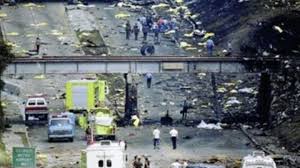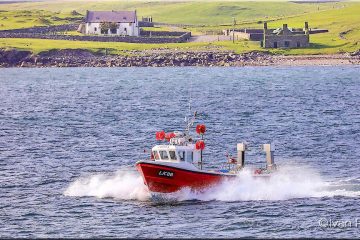Understanding the Significance of Guam in the Pacific

Introduction
Guam is a small island located in the western Pacific Ocean, which plays a vital role in the geopolitical landscape of the region. As a territory of the United States, Guam serves not only as a tourist destination but also as an essential strategic military base. With increasing tensions in the Asia-Pacific region, understanding Guam’s significance has become increasingly relevant. This article delves into its history, culture, and strategic importance.
The Historical Context of Guam
Guam has a rich history that dates back thousands of years, originally inhabited by the Chamorro people. Spanish colonisation began in 1565, followed by the capture by the United States in 1898 during the Spanish-American War. The island was occupied by Japan during World War II, suffering significant hardships before its liberation by American forces in 1944. Today, Guam is not only a site of historical significance but also a melting pot of diverse cultures.
Strategic Military Role
In recent years, Guam’s military significance has been underscored by its proximity to Asia and its role as a base for U.S. military operations. The island hosts several military installations, including Anderson Air Force Base and Naval Base Guam, which are critical for operations in the Pacific. With rising geopolitical challenges, these facilities are expected to receive upgraded investments to enhance operational capabilities. The U.S. military presence also serves as a stabilising factor in the region amid growing tensions with North Korea and China.
Tourism and Economic Impact
Tourism is a crucial component of Guam’s economy, as the island attracts visitors with its stunning beaches, rich cultural heritage, and historical sites. In 2019, Guam welcomed over 1.5 million tourists, primarily from Japan and South Korea. However, the COVID-19 pandemic drastically affected tourism, leading to significant economic strain. As the world recovers, efforts are being made to revitalise the tourism sector, balancing commercial interests with sustainability.
Conclusion
Guam stands at the crossroads of culture, history, and military strategy. Its geographical position makes it a critical asset in the Pacific region, emphasising the island’s relevance in ongoing geopolitical dynamics. As the situation evolves in Asia-Pacific, the spotlight on Guam is likely to grow, impacting both its local communities and international relations. Understanding Guam is essential for recognising broader narratives about security, culture, and economic development in the region.









